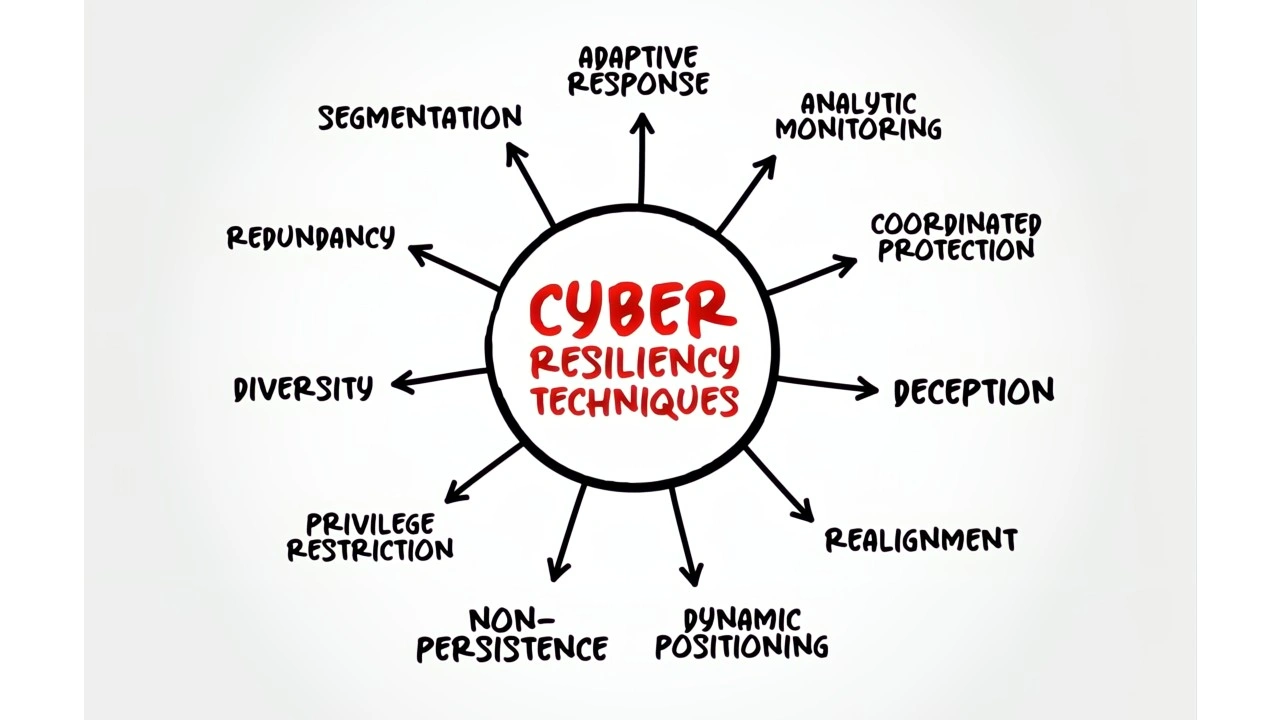How CISO Compliance Can Enhance Your Company’s Cyber Resilience

In today’s world, cybersecurity isn’t just an option—it’s a must-have for any business. As companies expand their digital presence, they face a growing range of cyber threats. To protect sensitive information and ensure smooth operations, businesses need to adopt strong cybersecurity practices. One of the best ways to do this is by ensuring CISO compliance—a strategy led by the Chief Information Security Officer (CISO) that aligns a company’s cybersecurity framework with industry standards and legal requirements. In this blog, we’ll explore how CISO compliance strengthens a company’s defenses by reducing the risk of breaches and other cyber threats.
What is CISO Compliance?
CISO compliance involves meeting the necessary cybersecurity regulations, standards, and best practices that keep a company’s digital assets safe. The CISO, who leads the organization’s security efforts, ensures that all regulatory demands are integrated into the cybersecurity framework. This means the business not only stays on the right side of the law but is also better protected against potential cyber attacks.
Compliance includes various tasks such as performing risk assessments, implementing security measures, conducting audits, and training employees. A well-executed CISO compliance plan helps build a solid defense against cyber threats, ensuring the organization is prepared to quickly respond and recover from any incidents.
How CISO Compliance Boosts Cyber Resilience
Cyber resilience is an organization’s ability to deliver its objectives even when facing cyber threats. It’s a proactive strategy combining cybersecurity and business continuity planning. Here’s how CISO compliance plays a key role in enhancing cyber resilience:
Proactive Risk Management
CISO compliance begins with a detailed analysis of potential risks. The CISO identifies vulnerabilities, evaluates the likelihood and impact of different threats, and puts controls in place to address them. This approach allows the company to anticipate and prepare for threats, strengthening its resilience.
By regularly conducting risk assessments and audits, the CISO helps the business stay aware of new threats and adjust its security accordingly. This ongoing process is crucial in preventing breaches and reducing the damage caused by cyber incidents.
Strengthened Security Measures
A strong security posture is vital for defending against cyber threats. CISO compliance requires companies to implement comprehensive security controls, including firewalls, encryption, and regular software updates. These measures align with standards like ISO 27001, NIST Cybersecurity Framework, and GDPR, ensuring the organization maintains a high level of cybersecurity.
By meeting these standards, the company is well-protected against known vulnerabilities, which helps minimize the chances of successful cyber attacks.
Improved Incident Response and Recovery
Even with the best precautions, no organization is entirely immune to cyber incidents. That’s why it’s essential to have a solid incident response plan in place. CISO compliance ensures businesses have up-to-date plans that can be quickly deployed in case of a breach.
These plans include steps for containment, eradication, and recovery. Regular drills and simulations keep the organization prepared, ensuring that any disruption is kept to a minimum and normal operations resume as soon as possible.
Continuous Monitoring and Improvement
One of the key features of CISO compliance is its focus on continuous improvement. Cyber threats are always evolving, and so must a company’s defenses. The CISO is responsible for keeping security measures up to date by monitoring, testing, and addressing vulnerabilities as they arise.
This ongoing vigilance ensures the business remains resilient against new and emerging threats, keeping its cybersecurity framework strong.
Preventing Breaches Through Compliance
A primary goal of any cybersecurity plan is to prevent breaches. CISO compliance plays a significant role in making this happen by enforcing policies that lower the risk of a successful attack. Here are a few ways this is achieved:
- Access Control and Identity Management: Strong access controls ensure only authorized personnel can access sensitive data, reducing the risk of insider threats.
- Data Protection and Encryption: By using encryption, even if data is intercepted, it remains unreadable, protecting the company’s valuable information.
- Regular Security Audits: Compliance mandates regular audits to assess security measures and fix any vulnerabilities, keeping the organization’s defenses strong.
Risk Mitigation Through Compliance
While preventing breaches is key, reducing the impact of an attack is equally important. CISO compliance helps in several ways:
- Business Continuity Planning: A robust plan ensures that critical operations can continue during and after a cyber attack, minimizing downtime.
- Employee Training and Awareness: Regular training helps employees understand potential threats and how to avoid them, reducing the risk of accidental breaches.
- Third-Party Risk Management: Many attacks come through third-party vendors. CISO compliance ensures these vendors meet the same security standards, reducing supply chain risks.
Final Thoughts
In today’s evolving cyber threat environment, CISO compliance is essential for building a company’s cyber resilience. By following regulatory standards and best practices, businesses can prevent breaches and minimize risks. From proactive risk management to strong security controls and continuous improvement, CISO compliance provides a comprehensive framework for keeping an organization safe and prepared. Prioritizing this approach helps safeguard digital assets and ensures long-term success.
4o

Michael Dorrance is a seasoned tech writer with extensive expertise in a wide range of technology topics. His insights and analyses provide readers with in-depth understanding and innovative perspectives in the tech world.






